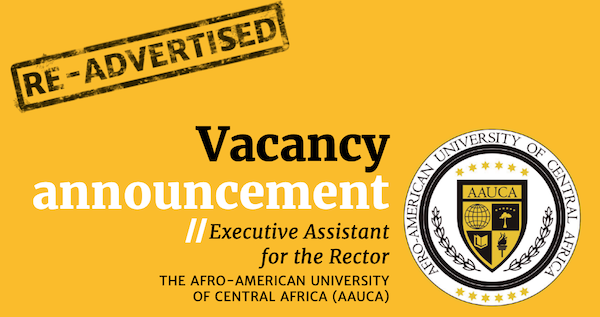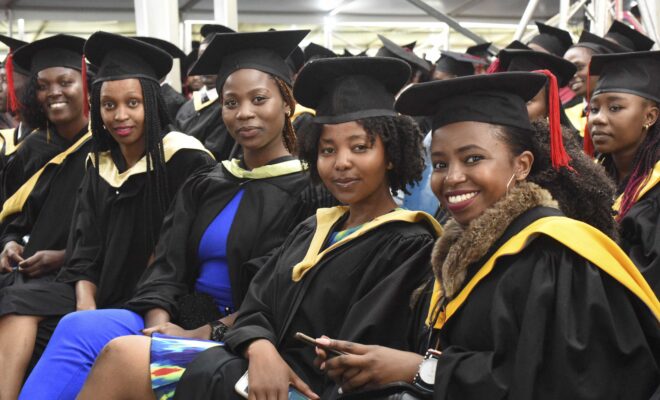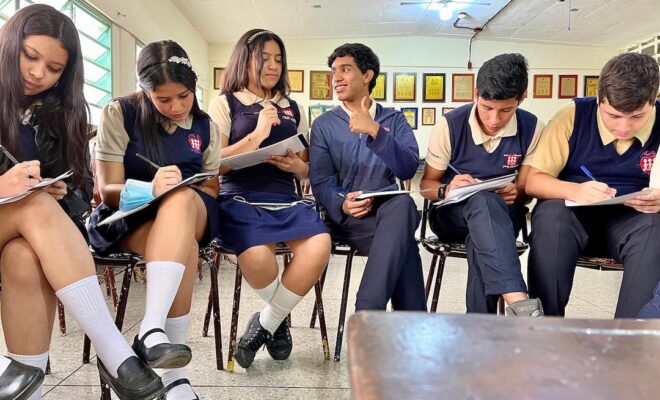What have been the challenges and policy responses in Latin America and the Caribbean to advance towards SDG4 in higher education?

The accelerated growth of the higher education sector in the world and specifically in Latin America and the Caribbean denotes its great economic and social value. Its role as a generator of knowledge, innovation and social dynamism is moving towards contexts with greater social justice, as established in the Sustainable Development Goals and their 2030 Agenda.
To analyze how the region has acted and what the challenges are, UNESCO IESALC led the chapter Advances towards SDG 4 in higher education: challenges and policy responses in Latin America and the Caribbean, included in the recent UNESCO, UNICEF and ECLAC report The crossroads of education in Latin America and the Caribbean. Regional monitoring report SDG4-Education 2030.
One of the central goals of SDG 4 is the expansion of opportunities for the entire population to access quality and lifelong higher education, which has been addressed in different ways by the States of the region with the creation of new institutions, financing measures, the search for free education, access to minority or vulnerable populations, among others, which are analyzed in the chapter.
Despite the increase in enrollment worldwide, inequality in access to higher education persists and seems to have worsened after the pandemic. Poverty, crisis and emergency situations, high tuition fees, entrance exams, geographic mobility and discrimination are the main obstacles to accessing higher education.
In the last 20 years, the enrollment rate increased from 19% to 39% worldwide, with Latin America and the Caribbean being the second fastest growing region in the world. However, growth is uneven between rich and poor countries and the gaps tend to widen.
Women have increased their participation, even more than men – 128 women attend tertiary education for every 100 men – but they opt for careers associated with their roles as caregivers (health, welfare, education) and social sciences, which deepens the inequalities of access associated with gender.
Inequalities are also accentuated in other populations: the gross enrollment rate is 40% for the indigenous population, 45.5% for the Afro-descendant population and 71.9% for the rest, and these gaps have increased in the last five years.
The social demands for democratization and universal access to higher education have been met by some States in various ways: through quality agencies, the provision of equal opportunities, the management of financing policies and/or the creation of more relevant programs in line with market needs.
Likewise, some countries took measures to support access to higher education for disadvantaged or vulnerable young people and promoted shorter study programs in the non-university sector to respond to the productive sectors.
Between 2000 and 2015, more resources were earmarked for public spending and the need for relevant and quality higher education, adjusted to the demands and, in most States, specialized political-administrative structures were created to manage the sector. Many countries have even created specific information systems to strengthen decision-making, monitoring and coordination processes, as well as quality assurance systems.
Policy trends 2015-2021
- The inclusion of higher education in the Sustainable Development Goals agenda for 2030 had a notable effect on institutions, reaffirming their public commitment to sustainability rather than responding directly to the specific goal related to access to higher education
- There are a number of countries where strategies aimed at expanding access have been deployed in recent years, democratizing it with economic improvements in access and financial aid, as well as attempts have been made to expand public coverage to improve access rates.
- It is estimated that the closure of higher education institutions as a result of the COVID-19 pandemic affected approximately 23.4 million higher education students. Most institutions were not prepared for online education.
- Not all governments responded with equal alacrity to the pandemic, although the range of responses was similar on three simultaneous fronts: economic, technological and pedagogical.
Some challenges for the future
- The effects and possible windows of opportunity generated by the pandemic will continue to shape the higher education sector in the coming years.
- The most important determinant will be to know what public support institutions will be able to count on to undertake reforms that will optimize the use of technology and develop the pedagogical skills of teachers, which are essential conditions for the success of hybridization.
- The links between higher education, research, innovation and development will continue to pose challenges for the region, in a context in which governments will have to decide on the strategic value of the sector as a commitment to the future.
- It is necessary to conceptualize higher education beyond the universities themselves, in order to increase access by strengthening technical education and the capacity for effective mobility among the different educational offerings.

RELATED ITEMS








